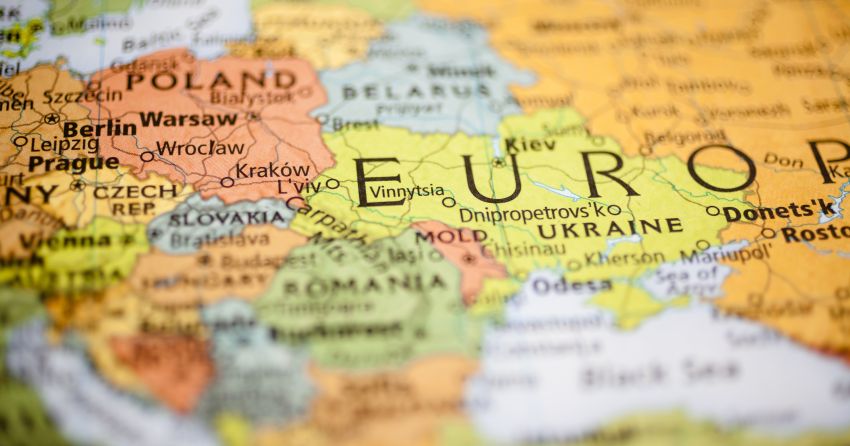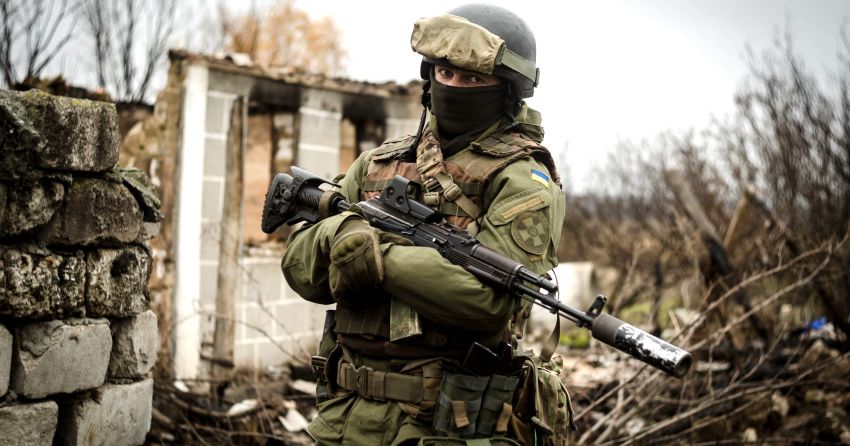About us
Who we are and where we come from
The Vienna Institute for International Economic Studies (wiiw) is a non-university, independent economic research institute in Austria, with a genuinely international focus. Founded in 1972, during the first phase of détente between the United States and the Soviet Union, its main tasks until 1989 were to act as a platform of exchange for economists from East and West of the Iron Curtain, and to analyse and understand the performance of the planned economies of Eastern Europe.
The institute went on to build up a strong reputation as one of the few research institutes in the West capable of performing comparative analysis of the economic situation before, during and after the process of transition of the region’s command economies to market economies at the end of the Cold War. The basis of this was – and remains – a unique database of macroeconomic and structural indicators maintained by wiiw.
Today, wiiw is an internationally recognised applied-research institute focusing on the economic aspects of European integration, EU policies and EU enlargement, with a special interest in Central, Eastern and Southeastern Europe (CESEE). Furthermore, it conducts research in a wide range of areas from macroeconomics, international economics, labour markets, migration and income distribution, to regional economic development and industrial development in Europe and beyond.
The ‘Global Go To Think Tank Index Report’ of the University of Pennsylvania regularly ranked it among the top three international economics think tanks in the world. The institute’s economists also frequently achieve top rankings in the FocusEconomics and Consensus Economics awards, which measure the quality of economic forecasts for the CESEE economies monitored by the institute.
wiiw enjoys an excellent reputation, providing analysis to many of the most prestigious institutions and organisations – among them the EU Commission and the World Bank. The institute also collaborates with many research institutions in Europe and beyond. Its top position as one of Central Europe’s leading international economic research institutions is also underscored by an outstanding presence in the international quality media.
Research areas
The research results are made publicly available via the wiiw website and other channels, such as peer-reviewed journals, book contributions, events and conferences, as well as through intensive PR and media work.
The following are the areas we focus on:







